copying/explicit references let Roblox proceed with dubious (c) claim; Lego should be watching
43(B)log
MAY 19, 2023
WowWee’s Vice President of Brand Development & Creative Strategy, Sydney Wiseman, used her WowWee email address to create a Roblox user account and used her Roblox account to promote My Avastars dolls on social media, including videos on her TikTok account. This was enough survive the motion to dismiss.

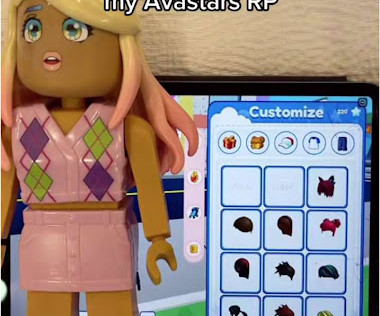
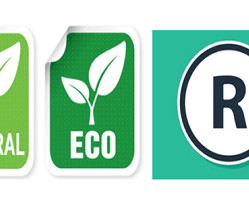
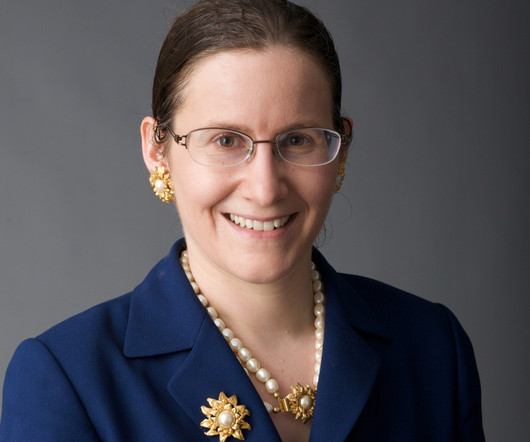
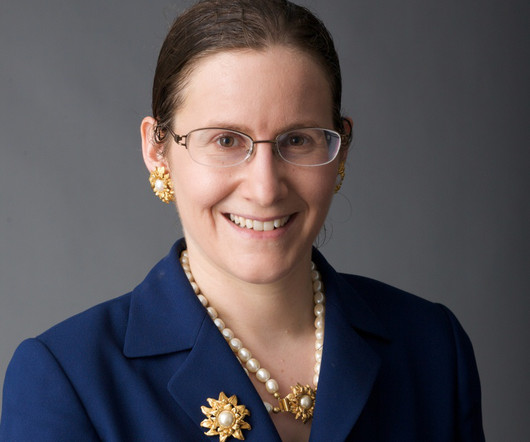



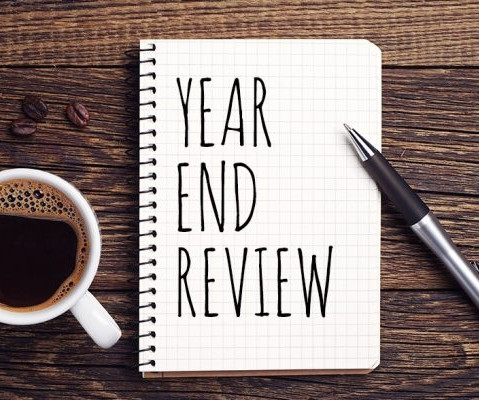






Let's personalize your content